Blonde
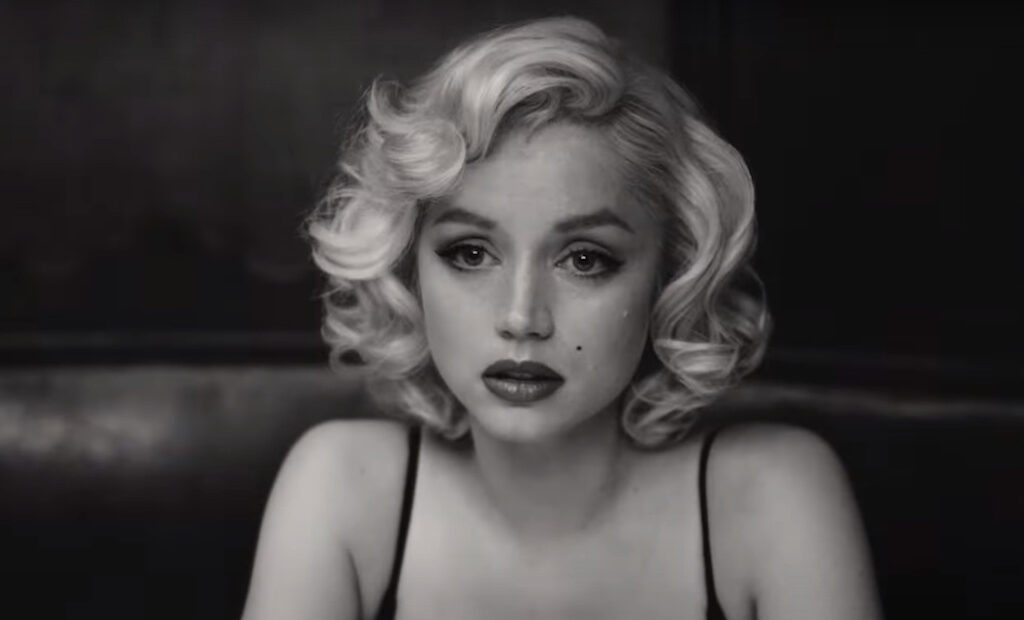
What Elvis was to this year’s Cannes Film Festival, Blonde was to Venice: an eagerly-awaited exploration of a 1950s icon through a 21st-century lens. While the former presented a glitzy picture book of Elvis Presley moments, Andrew Dominik’s collage piece manages to offer harrowing insights into Marilyn Monroe’s life – despite explicitly rejecting the title of biopic.
The film starts out with Norma Jeane Baker as a child, unable to comprehend her mother’s mental illness and desperately longing for a father. She refuses to accept the role of “orphan”, thrust upon her when her mother is taken to a psychiatric hospital after an attempt to harm her daughter. The following scene shows her already transformed and with a new name: Marilyn. Her hair is shorter and dyed platinum blonde as she walks into the office of the studio president, but instead of a meeting or an audition, she is forced onto the proverbial casting couch.
Dominik ties a clear link between the traumatic events in Monroe’s past and the way she accesses these experiences to perfect her craft, learning Stanislavski’s method as an approach to acting. Moving forward, the narrative focuses on her personal relationships: to the Gemini, the Ex-Athlete, the Playwright and the President. The marriage to Joe DiMaggio (played by Bobby Cannavale) flounders amid his jealousy, his violence and her inability to be the quaint homemaker he presupposed. Marilyn is more willing to assume this role with Arthur Miller (Adrien Brody), the first man to appreciate her mind, wit and intellect, but a miscarriage drives the couple apart. What follows is a downward spiral of depression, substance abuse and dissociation.
Based on the 2000 novel by Joyce Carol Oates, Blonde fills in the blanks between the cold print facts of her life. Much of the tale is speculative – biographical fiction may be an appropriate term. But in a world where definitive biographies thoughtlessly describe one non-consensual encounter after the other without using the R-word, reexamining Monroe’s life story from a female experience is necessary – especially considering what the general public has learned of the film industry in the wake of #MeToo. Perhaps Monroe didn’t really live in a throuple with two gay men, but the studio demanding an abortion because a pregnancy didn’t match the “sexpot” image they were trying to sell seems more likely than not. Due to the haunting presentation of her forced terminations, there are groups who will claim this as a “pro-birth” film when, truthfully, it just drives the point that carrying a child should always be the woman’s choice.
With the careful use of black-and-white images between scenes in colour, Dominik focuses on persona and performance, examining fragments of the woman so widely discussed by others, but who was never given the agency to speak for herself. Feeling so unwanted as Norma Jeane, she created Marilyn Monroe (“gave birth to herself”, as a character in the film describes it), almost splitting into an alternate personality to whom this didn’t happen. But becoming the most desired woman on the planet bore its own set of traumas, and so she fled into each character she portrayed on-screen in order to escape.
In this nesting doll of performances, Ana de Armas gives a career-defining portrayal. She has mastered the breathy voice, the big ingénue eyes and, most importantly, the pain at the core of this woman, trapped in a projected surface.
Selina Sondermann
Blonde is on Netflix on 28th September 2022.
Watch the trailer for Blonde here:

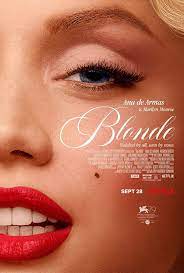

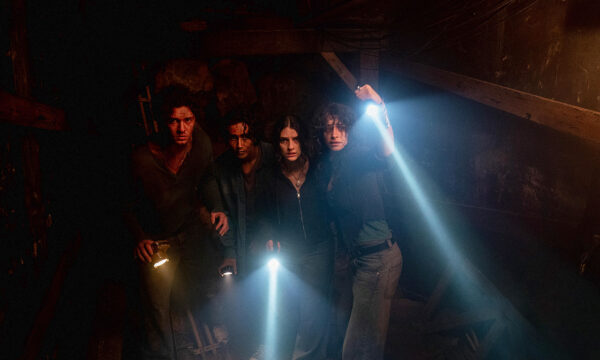

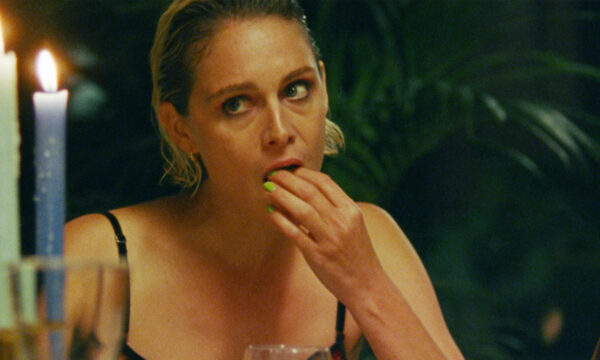

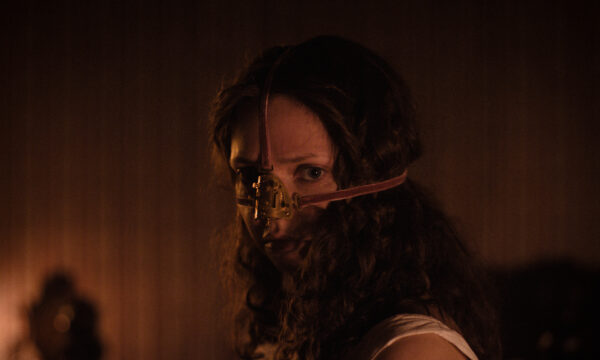
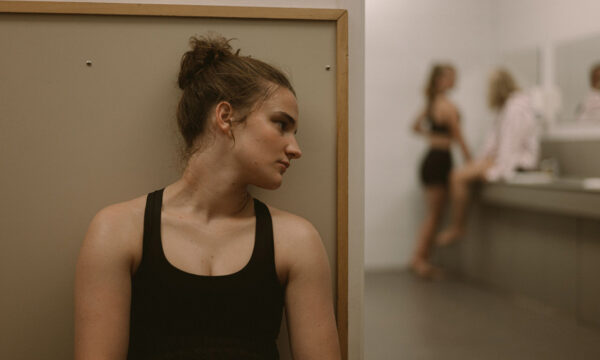

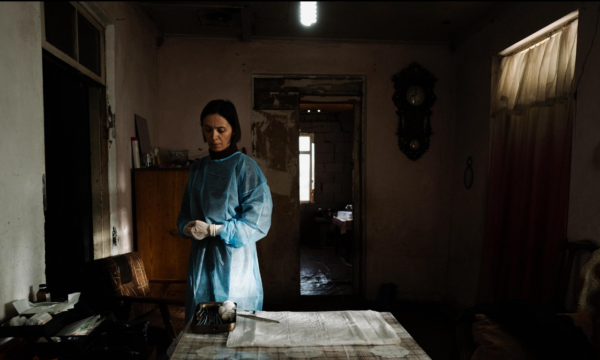













Facebook
Twitter
Instagram
YouTube
RSS